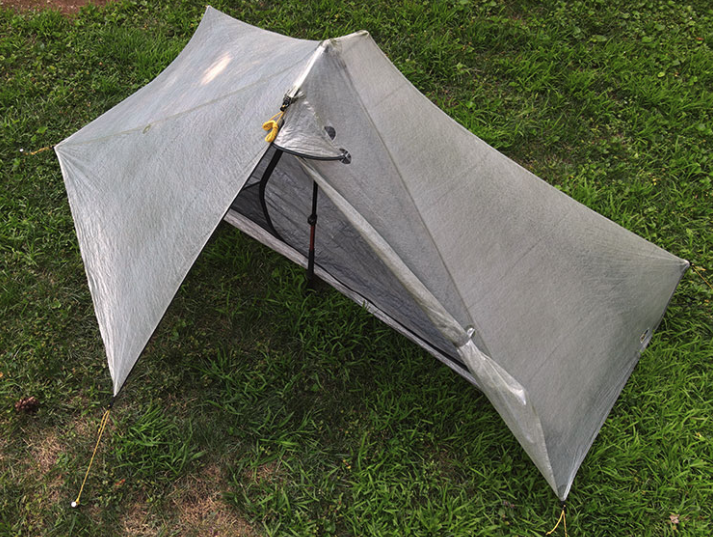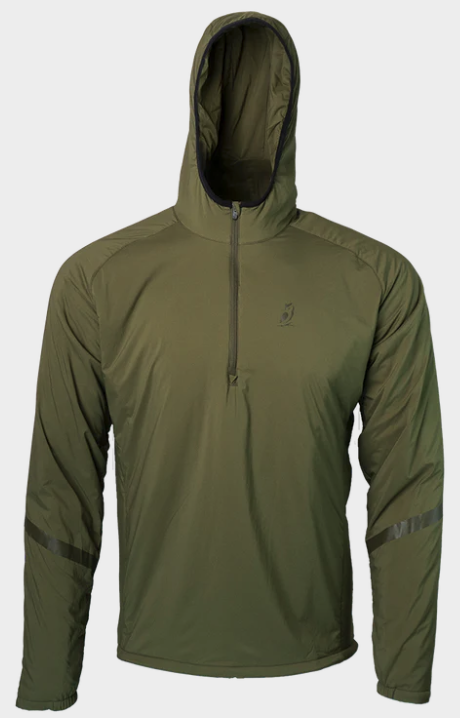
By Rob Shaul
It is amazing the difference just a few pounds can make when it comes to mountain movement.
This idea was first impressed upon me early in my coaching career when the “Fast and Light” and “Clean” method of Alpine Climbing was coming to dominate the Alpinism world.
In the alpine climbing guide world there are two types of guides. The first type are the true professional guides who actually love the work and make a career of it. I’d call these “industrial athletes” – people, like soldiers, who’s fitness is needed for work. All are obviously high level climbers, but not “elite” in that world.
The second type are the true alpinists – high level mountain athletes who guide with gritted teeth. Guiding allows them to make money, and has a forgiving schedule so they can pursue their own alpine objectives in the offseason, but they don’t love. These are the true, high level, elite athletes and alpinists.
I worked with both groups at Mountain Athlete and the The difference between the career guides, and the true elite alpinist athletes who guide on the side wasn’t impressed upon me in the gym. Rather, it was impressed upon me at an mixed climbing crag at the Targhee Ski Resort in far west Wyoming.
I’d gone to ice and mixed climb with a couple of the guides who I coached, one of whom was Ben Gilmore. Ben has been previously nominated for the Piolet d’Or – alpine climbing’s highest award.
Soon after we arrived at the crag, several other mountain guides arrived also – some who I trained, and others who I didn’t.

Understand I’m not now, and never was, anything more than a beginner rock, mixed and ice climber. In the mountain world, I’ve always leaned a little more towards the “redneck” mountain sports (hunting, fishing), than the “granola sports” – rock, ice, alpine climbing, backcountry skiing, mountain biking, etc. So what this means is on a surface level I knew of Ben’s accomplishments as an alpinists, but didn’t really “understand.”
The climbing that day was pretty crappy. The ice on the crag was soft and brittle, and the rock was crumbly. Even for top-roped mixed ice climbing, it was tough climbing.
Ben stood mostly back and belayed and coached myself and the other guide who’d joined us as we struggled up the brittle ice and crumbly rock. Nearby the other guides climbing on the crag that day were also struggling.
Then, near the end of the day, Ben grabbed his ice tools and said he was going to “clean up a little” on the route we were projecting.
To watch Ben mix climb in these crappy conditions was watching art in motion. No forced movement. No over the top screaming or effort. Just quiet, beautiful, highly technical, efficiency. He was a man among boys that day and not only myself, but the other mountain guides all stood back in awe and watched Ben display his craft. And I finally understood what “elite” looked like in alpinism.
Ben, and another elite alpinist I coached, Stephen Koch, always impressed upon me the importance of lightening up their packs. They would skip on food and water, cut extra straps from gear and clothes, share sleeping bags, and otherwise do crazy things to reduce pack weight. Every ounce mattered.
Bowhunting led me to backcountry backpack hunting just a few years ago, and in that gearing up process, I’ve remembered what Ben and Stephen impressed about pack weight and have continually worked to reduce mine. Not only does a lighter pack make me faster uphill, but it also reduces impact to my aging joints and keeps me overall fresher when it comes time to make the shot and pack out the game.
Which gets me to how the thru-hiking and lightweight backpacking industries are crushing the major outdoor gear and apparel manufacturers when it comes to technology and design.
The companies catering to thru hikers and lightweight backpackers are all small, mostly direct to consumer, and independent. Perhaps the biggest and most well known of them right now is Hyperlite Mountain Gear, which first came on the scene building tents, tipis and packs out of expensive but super strong and lightweight, Dyneema (or DCF) fabric.
Other companies in this world include Tarptent, Mountain Laurel Designs, Zpacks, Enlightened Equipment, Seek Outside, Outdoor Vitals, and Six Moons Designs.
One online store, Garage Grown Gear, offers many of these smaller brands in one place.
When I started backcountry/backpack hunting, I slowly began replacing my major brand equipment and apparel with items from many of these companies.
I have two incredible, super lightweight, solo tents (Notch, Aeon Li) from Tarptent which are nearly as light as my standby Outdoor Research Bivy. When the weather is suspect, I reach for one of these.
I also own a 2-4 person Tipi from Seek Outside – the Cimarron Pyramid Tent – which weights just over two pounds.
One of the first purchases I made from one of these new companies was for sleeping quilt from Enlightened Equipment. At the time EE’s Revelation Quilt was lighter, warmer and cheaper than any comparable sleeping bag from a major gear manufacturer (The North Face, Marmot, etc.).
This summer I upgraded and lightened up my upper body insulation system with a midlayer from Outdoor Vitals and a puffy from Enlightened Equipment.
Previously of the heaviest insulating layers in my pack was a 17 oz heavyweight fleece hoody from Sitka Gear. I remember back in the 90’s when polyester fleece first came on scene – lighter and warmer than wool – it was amazing.
But … we’re 30 years down the road and technology has improved. A few years ago Patagonia came out with its “nano air” line of breathable synthetic insulation which threatened the utility of heavyweight fleece as a midlayer. Since that time, Arcteryx, TNF, Marmot and all the other major gear and apparel companies have come out with similar products.

Today, Patagonia’s Nano-Air Hoody is warmer, more functional and nearly as light (12oz vs 11 oz) as it’s heavyweight R1 Fleece Hoody. But it was also bulkier. I’ve never owned the Nano-Air Hoody, do one a similar piece from Arcteryx – the Proton LT Jacket – which I’ve used as a heavier insulating layer. For a while now I’ve been on a lookout for a breathable insulation piece that was lighter, less bulky and warmer than heavywight fleece, and could be used as a mid-layer.
This year I finally found it with the Outdoor Vitals Ventis Active Hoody. This piece, at just 7oz, is lighter, warmer, more wind resistant, as breathable and more compressible than my old heavyweight fleece hoodie. Plus, unlike other active insulation pieces, it’s thin enough to be truly used as a mid layer piece. I’ve been waiting for a major gear company to come out with something similar for years – and they haven’t done it.
As well, I purchased an $180, 8oz, Torrid Jacket from Enlightened Equipment to replace the 16oz, $300+ Arcteryx down puffy in my pack. The Torrid is warmer, lighter and just as compressible.
So, overall, what I’m finding is these small, independent, gear companies who cater to thru-hikers and ultralight backpackers are leading mountain gear and apparel design innovation – and leaving the major gear companies behind.
One of the reasons for this is likely their focus on a relatively small community of passionate customers, whereas Patagonia, The North Face, Arcteryx and other major companies also seek to build for weekend warriors and vacationers where weight isn’t as important.
Performance-wise, I’ve found the build quality and performance of gear and apparel from these smaller brands to be as good, or better, than the majors. A thru-hiker on the Pacific Crest or Appalachian Trail needs a good rain jacket, and they aren’t wearing Patagonia – they are wearing a lightweight, but tested jacket from one of these smaller companies.

In terms of the major brands, Outdoor Research, Black Diamond and Arcteryx still stand out. OR is still privately owned, and it’s gear is solid. I use their Bivy Sack and gloves. Their apparel doesn’t seem to fit my body well.
Black Diamond Equipment, in recent years, has expanded beyond climbing gear to apparel and skiing. DB’s apparel started off shaky, but has improved fast and I’m now wearing their solid-color Alpine Light Pants and Alpenglow Hoody for hunting, fishing, and outdoor summer training. Both are awesome pieces. BD’s packs lead all major brands in fast and light design.
Arcteryx gear is always solid – but where it stands out, jackets especially, is fit and finish. All Arcteryx products fit amazing – and I’m not sure how they do it, or why other companies struggle with fit so much. If you can afford Arcteryx, you won’t regret the purchase. Even their pants fit me well.
